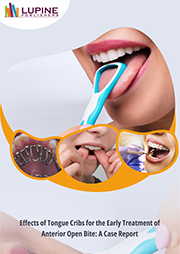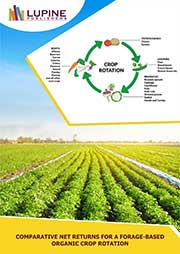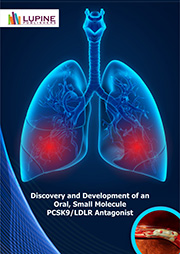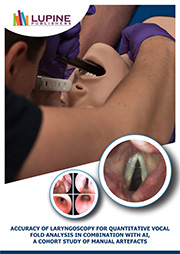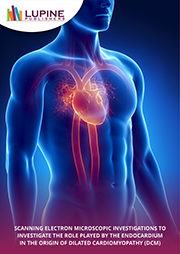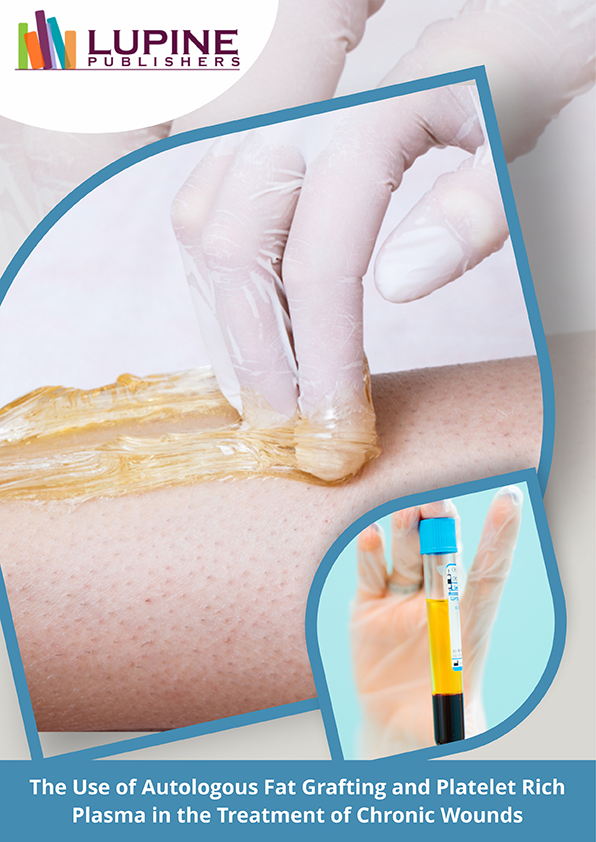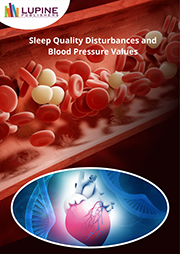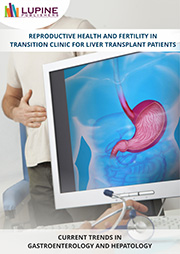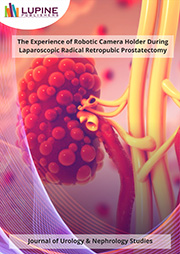Lupine Publishers Group
Lupine Publishers
e-Prints
Changes of the Endothelium and Extracellular Matrix in Thoracic Aortic Aneurysm Revealed by Scanning Electron Microscopic Investigations Are there Structural Parallels to Aortic Valve Degeneration?
by Mirzaie Masoud*, Michael Schultz, Peter Schwartz, Zaur Guliyev and Sheila Fatehpur
Abstract: Objective: Thoracic aneurysms occur most frequently with 60% in ascending aorta and arch, und in 40% the descending aorta, although the etiological factors are different for individual segments. While, depending on localization, factors such as atherosclerosis, bicuspid aortic valve, familial thoracic aortic aneurysm syndrome, Turner syndrome, Marfan syndrome, aortic arteritis in Takayasu’s arteritis, trauma and dissection lead to the formation of thoracic aortic aneurysms, the structural changes of the basement membrane and the exact causes of the mechanism of thoracic aortic aneurysm are not known. The aim of this study was to investigate the pathophysiological origin of thoracic aortic aneurysms from a morphological point of view.Patients and methods: For this study, between 2007 and 2017, 12 patients with thoracic aortic aneurysms with contraindications to interventional therapy underwent open surgery. All patients underwent multi- detector row CT with three-dimensional (3D) reformation in 3 mm slices and transesophageal echocardiography, Tissue samples were taken from descending aorta of two female (average age, 72 .32 years) and 10 male patients (63.12 years), and were fixed for 6 hours in a solution containing 2.5% glutaraldehyde and 0.2 mMol cacodylate. The samples were finally visualized using the digital scanning microscope.Results: In addition to partial desquamation of the endothelium, severe alterations of the collagen fibers and basal membrane and repair attempts in the form of endothelial islets and deep tears in the fibers, cancellation and destruction of the helical structure of collagen fibers are visible.Conclusion: In summary, in thoracic aortic aneurysms we found severe structural changes of collagen fibres, endothelium and basement membrane, which occur in a similar form in acquired aortic valve degeneration.
View PDF




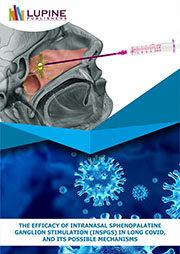
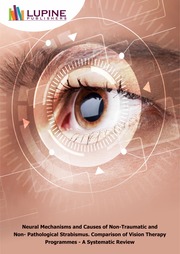
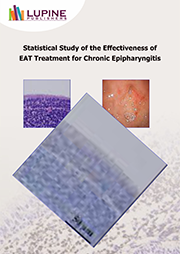


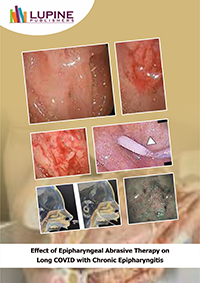
.png)
